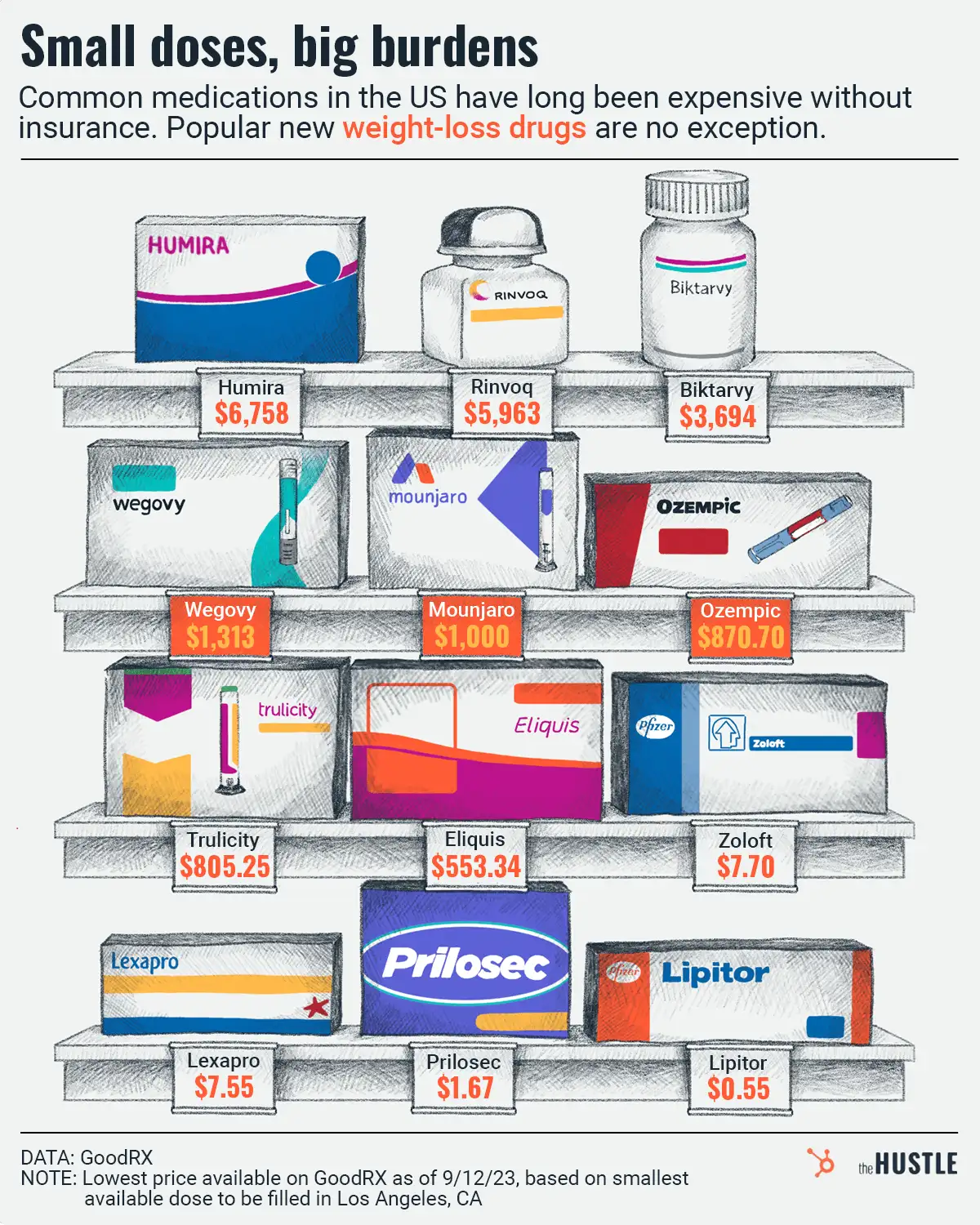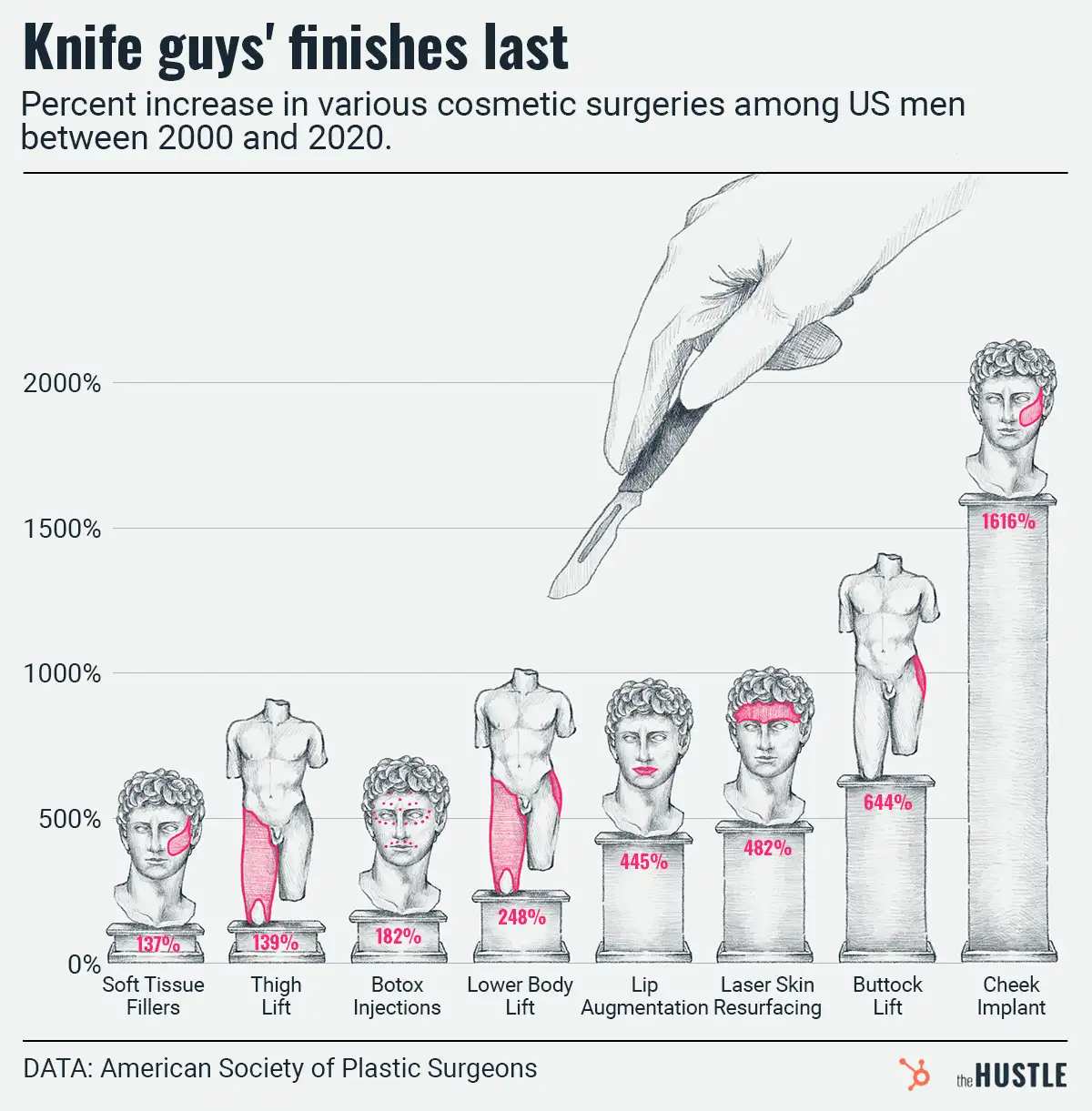One reason Peloton’s equipment is so popular is its ability to make subscribers sweat. Now it seems the connected fitness pioneer is the one sweating.

After a series of fumbles led to subpar earnings in Q4 2021, Peloton’s outlook has grown increasingly dire as the company has seen its valuation shed $40B in the past year, per CNBC.
So what’s wrong now?
As consumers have become more comfortable with going back to old fitness habits (e.g., the gym and boutique fitness classes), Peloton has struggled to adjust.
Just in the last week, the firm was the subject of 3 troubling headlines:
- Peloton cited inflation and supply chain issues as reasons for raising prices beginning Jan. 31 (adding $250 per bike and $350 per treadmill)
- The firm hired management consulting firm McKinsey to help with “cost structure,” a move many expect will result in layoffs
- The company admitted falling demand and announced it would halt production on its treadmills and bikes
The pause in production is especially surprising given Peloton spent much of the pandemic fighting to catch up to demand.
But it won’t last forever
Peloton’s plan is to halt production of its Bike for 2 months, and its Tread for 6 weeks starting in February.
Decreasing demand doesn’t exactly bode well for the company’s newest product — Peloton Guide, a $495 strength training product that connects to a user’s TV and was originally supposed to debut last Oct.
In the midst of it all, Peloton CEO John Foley remains optimistic, tweeting his appreciation for the Peloton team as its subscriber base approaches 3m users.
If the recent struggles are making him sweat, Foley’s not showing it.










